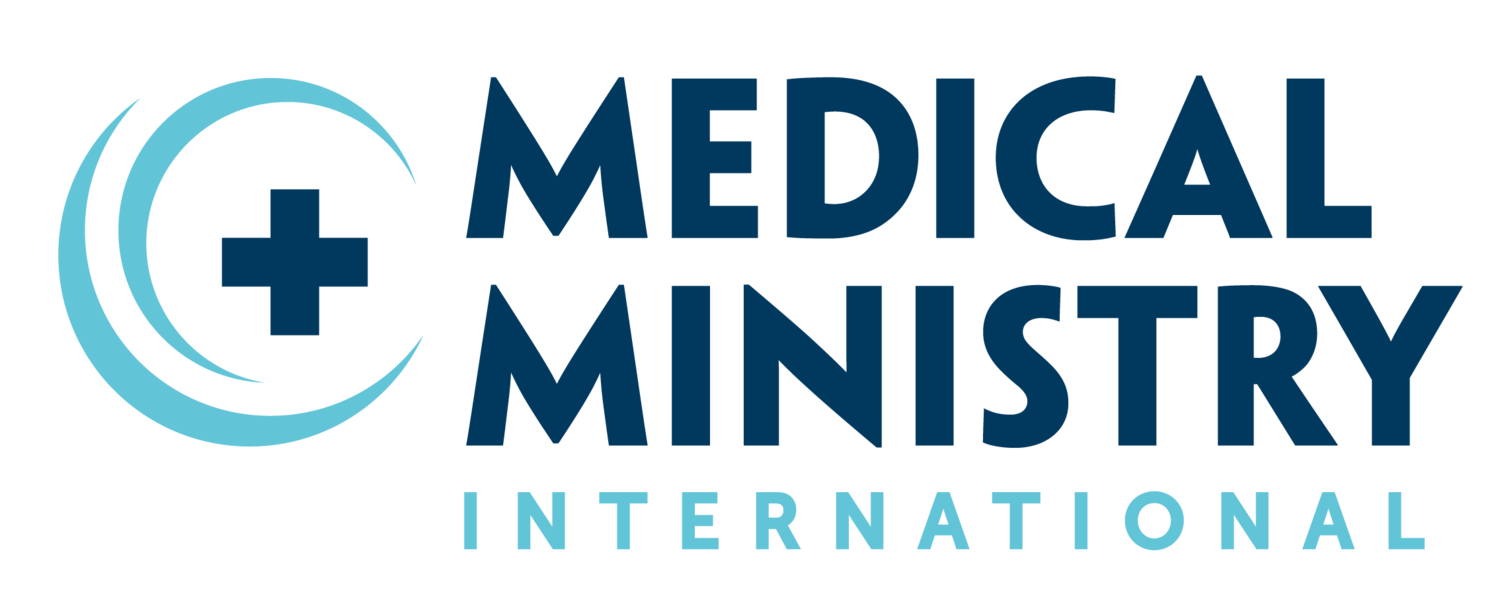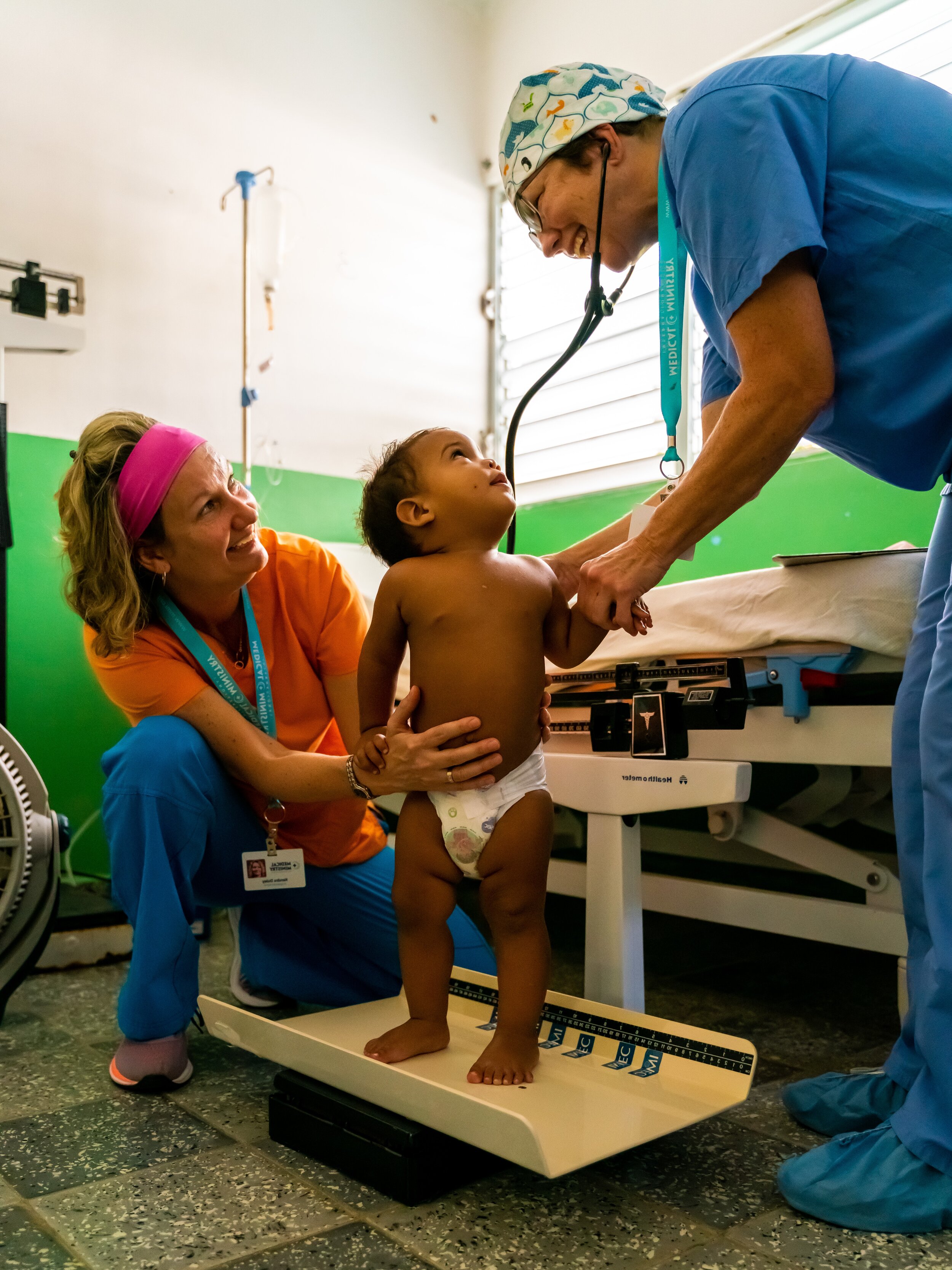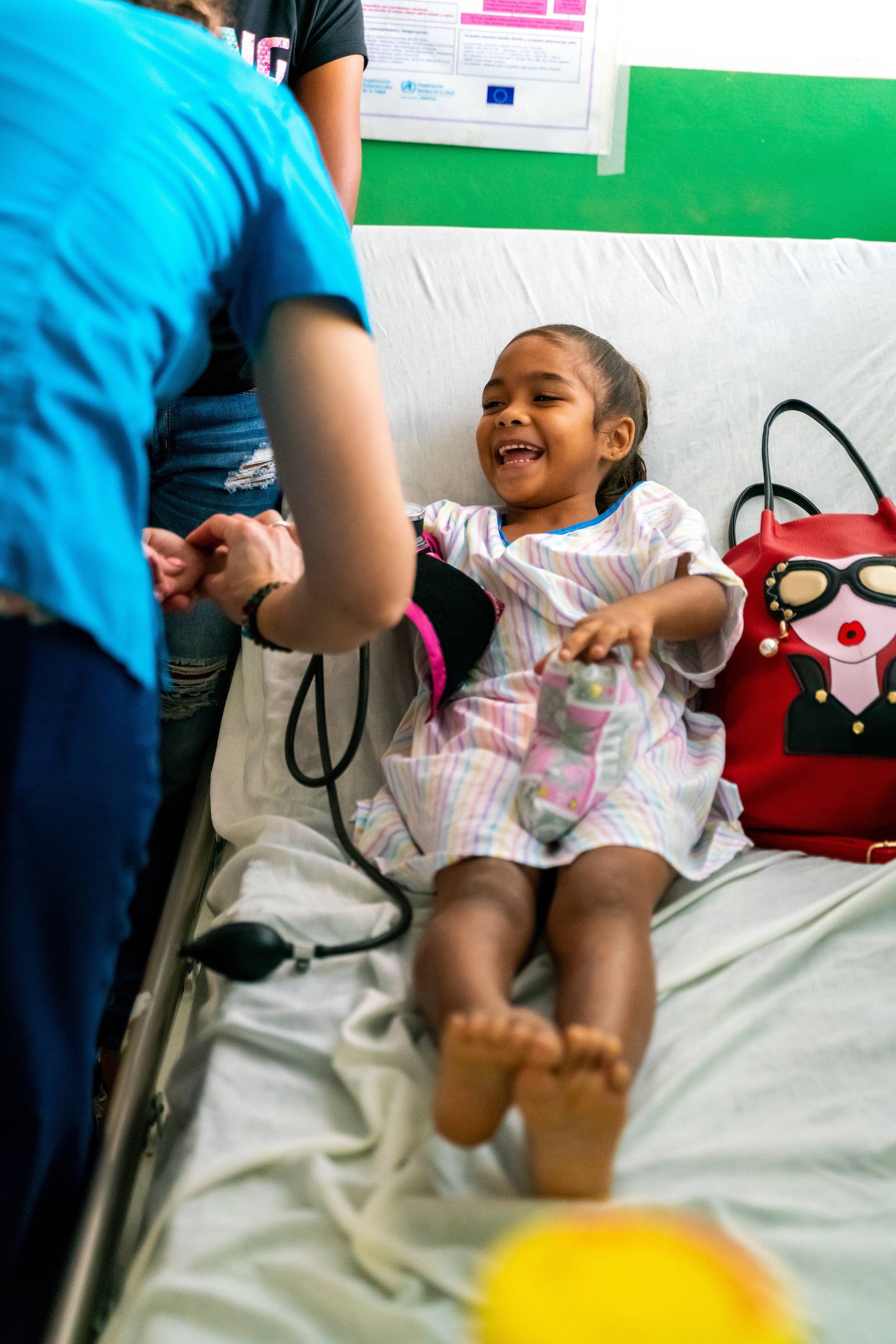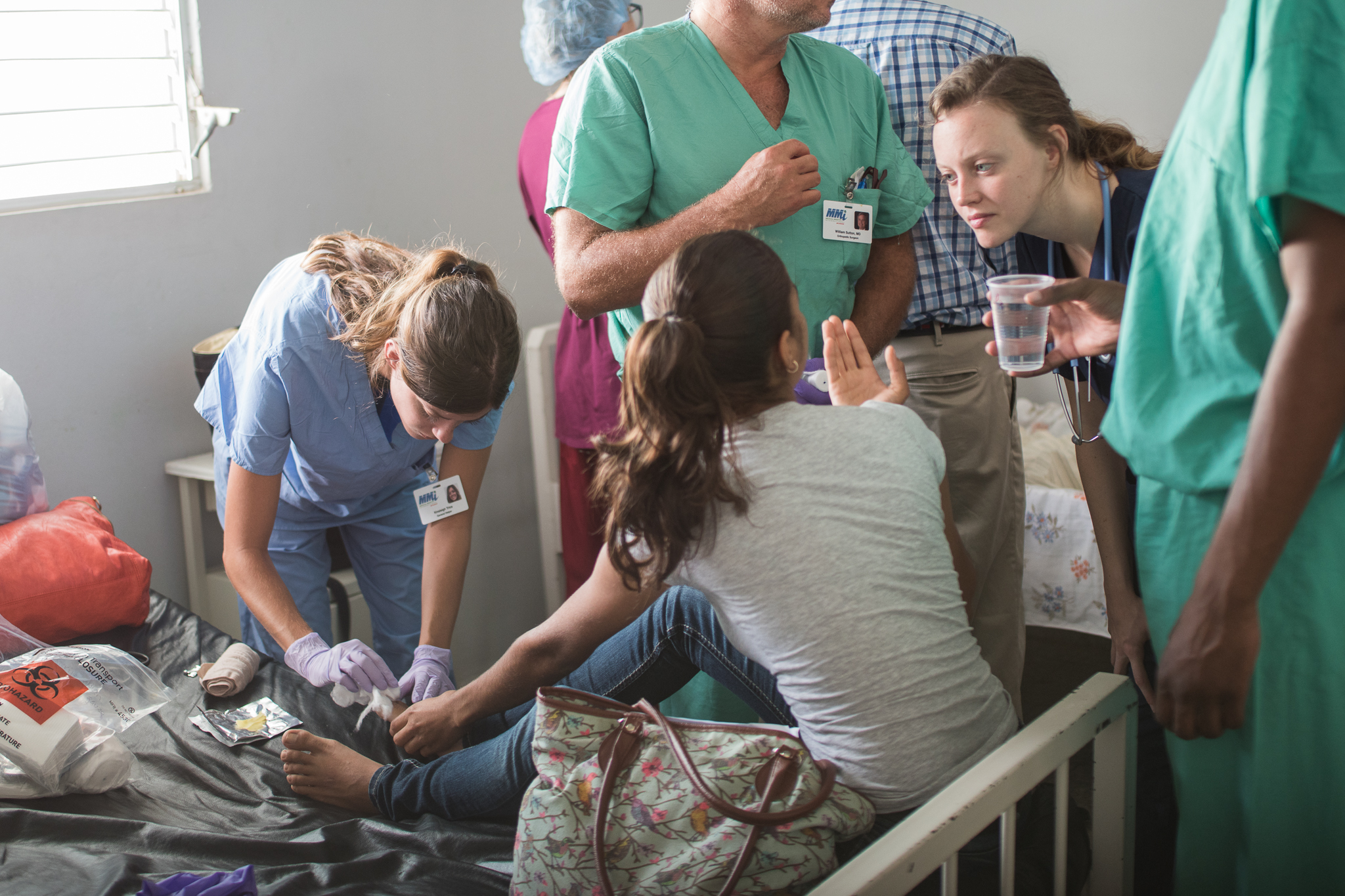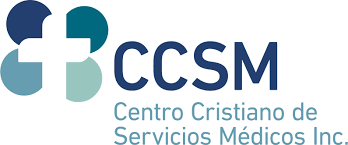Medical Ministry International in Dominican Republic
Dominican Republic is located in the Caribbean region on the island of Hispaniola, which is divided into 2 sovereign states: the Dominican Republic and Haiti. The Dominican Republic has been at the heart of Medical Ministry International’s work since the founding of our ministry in 1969 after the Christian Medical Society (MGM) project in Puerto Plata in 1968. John and Sheila Shannon, local DR Plymouth Brethren missionaries from Canada, provided leadership until 1984. Willie and Janice Hunter, Evangelical Mennonite Church missionaries in DR, began assisting the Shannon’s in the early 1970’s in the DR and many other countries.
Teo Beato, M.D. and Frida Luna, M.D. are our National Directors of the Dominican Republic. Teo started working at Elias Santana Center and they attended their first project as volunteers in February 1987.
Through our one and two-week projects, many have been trained by our faithful leaders, Drs. Teo Beato and Frida Luna, and carrying our mission to many other countries where Medical Ministry International works today. Our vision for the future is that the work will not only continue to serve the poor in the DR, but also serve as a bridge for volunteers and leaders to ultimately serve those in need in other locations.
Dr Teo Beato and Dr Frida Luna
Paco has been volunteering with Medical Ministry International since 1969. He registers all the patients, and he turned 91 in 2019!
Project Sites:
-
Dajabón is the capital city of the Dajabón province in the Dominican Republic. It is located on the Dajabón River on the border with Haiti. It is a market town with a population of about 40,000. The city was initially founded between 1771 and 1776, but was soon after abandoned during the War of Independence. It was settled again shortly after the Restoration War in 1865.
Project Description:
At the clinic site, the teams provide medical consults and screenings for surgical patients. Patients are referred to the hospital for surgical procedures, dentistry, integrated health education, and optometry. The Integrated Health component will include discussions about hygiene, preventing the spread of germs, dental health, and preventing dehydration. All services provide opportunities for team members to sensitively demonstrate and share their faith in partnership with local believers. In the local Hospital, we provide the services according to the different volunteer’s specialty. The promotion of project services is done through the local Churches, hospital staff, local radios, and channels.
Elevation
35m (115 ft)
Climate
The average February temperature ranges from a high of 30 °C (86°F) to a low of 18°C (64°F). Click here to learn more.
-
El Factor is a town in the María Trinidad Sánchez province of the Dominican Republic. The town has a population of approximately 20,148.
Project Description:
Teams provide Surgical and Medical services to the people in the El Factor area. This will likely include consultations, major and minor surgical procedures, dental procedures, treatments, and cleanings, integrated health education, and administering eye glasses. The surgical procedures take place in the local hospital, and the remaining services take place at the clinic site.
Elevation
450 m (1,477 ft)
Climate
The climate is tropical. El Factor is a city with a significant rainfall, even in the driest month. Click here to learn more.
-
Tourism is a large part of the industry in this region. In the rural parts, there is a lot of agriculture. Jamao is a town in the Espaillat province. It is in the northern region of the Dominican Republic. The population of this region is 42, 953. Tourism is a large part of the industry in this region. In the rural parts, there is a lot of agriculture. The weather is around 20 degrees Celsius from January to April. The warmer season is from June to September with temperatures around 23 degrees Celsius. There is one hospital in the area. Overall, the Dominican health programs appear to be in good order, but the reality is that communities do not always receive the proper health services they need.
Project DescriptionAt the clinic site, the teams provide medical consults and screenings for surgical patients. Patients are referred to the hospital for surgical procedures, dentistry, integrated health education, and optometry. The Integrated Health component will include discussions about hygiene, preventing the spread of germs, dental health, and preventing dehydration. All services provide opportunities for team members to sensitively demonstrate and share their faith in partnership with local believers. In the local Hospital, we provide the services according to the different volunteer’s specialty. The promotion of project services is done through the local Churches, hospital staff, local radios, and channels.
Elevation
5m (16 ft)
Climate
The wet season is from January to April with temperatures around 20 and the warmer season is from June to September with temperatures around 23.
-
In 1494, Christopher Columbus built a military fort near present-day La Vega intended to guard the route to gold deposits of the Cibao valley. As a result, a settlement known as Concepción de la Vega began to expand around the fort. In 1562, the city was destroyed by an earthquake leading the remaining villagers move to the present site of La Vega near the Camú River.
Currently, the economy in La Vega revolves primarily around agriculture including, cacao, coffee, tobacco, rice, fruits, and cattle.
Elevation
95 meters (312 feet)
Climate
La Vega exhibits a tropical climate. Humidity remains steady throughout the year at approximately 70%. Daytime temperatures range from 27°C (80.6°F) in the winter months to 32°C (89.6°F) in the summer months. Nighttime temperatures range from 17°C (62.6°F) in the winter months to 21°C (69.8°F) in the summer months. Click here to learn more.
-
Las Matas de Farfán is a town in the San Juan Province of Dominican Republic. It is the birthplace of a number of current and former Major League Baseball players including Jean Segura, Juan Encarnacion, Roberto Novoa, Odalis Perez, Ramón Santiago, and Valerio de los Santos.
It is located in the middle of the west end of the Island, approximately 4 hours by bus from Santo Domingo. The population is approximately 40,000 people. Most people work in agriculture, making a daily wage of 20 – 25 dollars on average. Many move from the countryside to the cities for more job opportunities, usually in public transportation of small motorcycles. There is great need in this area as many people face problems such as few job opportunities and a lack of health insurance.
Project Description:
At the clinic site, the teams provide medical consults (including general consults, pediatric, dermatology, internal medicine, screen surgical patients, and refer them to the hospital for surgery), dentistry, integrated health education, and optometry. The Integrated Health component will include discussions about hygiene, preventing the spread of germs, dental health, and preventing dehydration. All services provide opportunities for team members to sensitively demonstrate and share their faith in partnership with local believers. In the local Hospital, we provide the services according to the different volunteer’s specialty.
Elevation
450 m (1,477 ft)
Climate
It is a dry area. The average March temperature ranges from a high of 33°C (91°F) to a low of 17°C (63°F). Click here to learn more.
-
Las Terrenas is a town region located on the northern side of Dominican Republic. The region has a population of 25,696 residents. Las Terrenas is characterized by scenic views, white sandy beaches, and clear waters making it a desirable tourist destination.
The primary industries in Las Terrenas are tourism, commerce, and fishing. In 2012, a highway was built connecting Las Terrenas to the capital, Santo Domingo easing access to the region.
Elevation
The elevation is 0 meters (0 ft) near the ocean but increases up to 125 meters (410 ft) as you go further south.
Climate
The skies are generally overcast throughout June to November but clear up throughout the remaining months. Average temperatures range from 22.2°C to 31.9°C (72°F to 89.4°F). Click here to learn more.
-
Project Description
Volunteers work alongside local staff to provide specialized medical, surgical, and dental services to communities in the Matancitas area. At the clinic site, normal medical consults, dentistry, IHE, and optometry will be done. In a local hospital, teams will provide the services according to the identified need and the volunteers speciality. The surgical procedures take place in the local hospital, and the remaining services take place at the clinic site.
Climate
-
Miches is a town located in El Seibo province in the northeast coast of the Dominican Republic. The community sits between the northern slopes of the Cordillera Oriental and the southern shore of the Samaná Bay. Miches is an emerging rural community, so that it has limited access to markets, low levels of education and limited opportunities for employment. Miches has traditionally been a humble community in one of the poorest regions of the Dominican Republic. Agriculture, particularly the cultivation of rice, coconut, cocoa and tubers like yautía and ñame, cattle ranching, artisanal fishing, local handicrafts and small businesses are the main economic engines of the area.
Due to its geographical location, with the sea to the north and a mountain range to the south, Miches has historically lived isolated, which has impacted negatively to economic development. In recent years, tourism has developed in the region for the extension of its beautiful beaches and its irregular coasts creating unique landforms. The area has mangroves, coconut trees, mountains, rivers, waterfalls, caves, and tropical forests.
Project Description
Teams provide medical, surgical, and dental services to communities in Miches. The surgical procedures take place in the local hospital, and the remaining services take place at the clinic site.
Elevation
2 m (7 ft)
Climate
Tropical wet climate with no dry or cold season as it is constantly moist.
Click here to learn more. -
Monte Plata was founded by residents of the towns of Monte Cristi and Puerto Plata, whose destruction was ordered by the king of Spain and carried-out by Antonio Ozorio, Governor of the Island. The name was created as a combination of the names of the two cities. Monte Plata possesses a wealth of folkloric elements and rich culture. Some of its best-known cultural elements are its folk songs, folk dances, oral and written traditions, historic monuments, and popular folk beliefs.
In Monte Plata, a large population of people do not have the resources to travel even to the nearest hospital as transportation to and from the rural areas is expensive. Medical services are limited.
Project Description
Teams work in a local hospital to provide surgical services to the community, while the dental, medical, and optometry compoents take place at the clinic site. There is also an Integrated Health component to these projects where we discuss hygiene, preventing the spread of germs, dental health, preventing dehydration, and so on. Teams work with in collaboration with the local hospital staff and local churches.
Elevation
56 m (184 ft)
Climate
It could be humid, raining, muddy and chilly in the mornings, etc. January - Average Temperature 24°C (75°F) High 30°C (85°F), Low 19°C (66°F).
Click here to learn more. -
Nagua, a medium-sized town, is the capital of María Trinidad Sánchez province in northeastern Dominican Republic. Nagua's economy relies on the production of agricultural products including rice, coconuts, and cocoa bean. Most of the town lies below sea level.
Project Description
Teams work in a local hospital to provide surgical services to the community, while the dental, medical, and optometry components take place at the clinic site. There is also an Integrated Health component to these projects where we discuss hygiene, preventing the spread of germs, dental health, preventing dehydration, and so on. Teams work with in collaboration with the local hospital staff and local churches.
Elevation
3m (10 ft)
Climate
Nagua has a tropical wet climate, with no dry or cold season as it is constantly moist. Average temperature for January is a High of 29°C (84.2°F) to a Low of 20°C (68°F). The team will be working in a tropical area, so, it could be humid, raining, muddy and chilly in the mornings. Click here to learn more.
-
Palenque is located at the coast of the Caribbean Sea near San Cristóbal. It is divided into Sabana Grande de Palenque and two districts: Sabana Palenque and Juan Barón. It has some of the most popular beaches among the locals, but is generally not considered one of the major tourist destinations of the country.
Project Description
At the clinic site, teams provide normal medical consults, dentistry, integrated health education, and optometry. In the local hospital, teams provide the surgical services according to the different volunteer’s specialty, often including general surgeries, OB GYN, reconstructive plastic surgeries, orthopedic, and so on. The Integrated Health component of these projects often include discussions about hygiene, preventing the spread of germs, dental health, preventing dehydration, and so on.
Elevation
300m (984 ft)
Climate
Average temperature for October is a High of 28°C (80°F) to a Low of 20°C (68°F). Click here to learn more.
-
Río San Juan is a relaxed and calm town, which is distinctive because of its location on a mangrove lagoon, only an hour east of Cabarete.
Project Description
Teams work in a local hospital to provide surgical services to the community, while the dental, medical, and optometry components take place at the clinic site. Teams work along side the local hospital staff and local churches. The teams provide the surgical services according to the different volunteer’s specialty, often including general surgeries, OB GYN, reconstructive plastic surgeries, orthopedic, and so on. There are often dentistry and optometry components. The promotion of project services is done through the local Churches, hospital staff, local radios, and TV channels.
Elevation
5 m (16 ft)
Climate
Average Temperature 24°C (75°F) High 30°C (85°F), Low 19°C (66°F).
Click here to learn more. -
The community of Sabana de la Mar is located in the eastern area of Dominican Republic. The economy of the inhabitants is based on agriculture and fishing. Located in Samaná Bay, Sabana de la Mar is one of the most beautiful areas in this country. The population is approximately 30-40,000 people.
Project Description
At the clinic site, teams provide dentistry, integrated health education, and optometry. In the local Hospital, teams provide the surgical services according to the different volunteer’s specialty, often including general surgeries, OB GYN, reconstructive plastic surgeries, orthopedic, refraction, and so on. The Integrated Health component of these projects often include discussions about hygiene, preventing the spread of germs, dental health, preventing dehydration, and more.
Elevation
3m (10 ft)
Climate
The average August temperature ranges from a high of 26°C (79°F) to a low of 19°C (66°F). Click here to learn more.
-
Sabana Grande de Boyá is one of the areas of highest need in the country. It is inhabited predominantly by Haitians, who are most often ex-sugar cane workers. These people are commonly elderly, unemployed, and lack health insurance.
Many people's livelihood in is agriculture, and a days salary is approximately 15 – 20 dollars on average. Many people move from the countryside to the city for better job opportunities, usually in public transportation of small motorcycles. Most people do not have health insurance. In Sabana rural areas, there are many elderly people and children, but not many young adults to work and help with the ones that remain.
Project Description
The teams work in a local hospital belonging to the Social Security System. At the clinic site, teams provide normal medical consults, dentistry, integrated health education, and optometry. The Integrated Health component of these projects often include discussions about hygiene, preventing the spread of germs, dental health, preventing dehydration, and more.
Elevation
291m (954 ft)
Climate
The average temperature for the month of July is a high 89°F (32°C) & a low 71°F (22°C). Click here to learn more.
-
San José de las Matas is a community located in the middle of the country, about 550 meters above the sea level, with a population of approximately 20,000 people. Most people earn a daily wage from agriculture. Many individuals move from the countryside to the city for better job opportunities, commonly in public transportation with small motorcycles. Much of the community struggles with the reality that there are limited job opportunities. Although the National Insurance program is offering better health care to the communities, there are still many patients that have trouble finding care for various reasons.
Project Description
The team will provide services to people living with poverty in the communities of San José. The teams are often divided into Surgical, Dental, and Medical Teams that can go to a different village every day, work in a local hospital with the local staff and promotes the health services to the community. The Integrated Health component will include discussions about eye care, hygiene, preventing the spread of germs, dental health, and information about the clinic stations.
Elevation
523m (1,716 ft)
Climate
The average temperature for the month of June is typically a high of 33°C (91°F) and a low of 22°C (72°F). Click here to learn more.
-
Sánchez, Dominican Republic is a Dominican municipality in the Samaná province, on the south coast of the peninsula of Samaná. The main economic activity of the municipality is agriculture. Fishing was the main activity in the past but now is not so important. The population is approximately 20,865.
Project Description
At the clinic site, the team will provide medical consults, screen surgical patients, dentistry, IHE and optometry. Surgical procedures will be done in the hospital, and often include hernia repair, thyroidectomy, cholecystectomy (open), lipoma resection, hysterectomy, C-section, ventral hernia, carpel tunnel, and other general surgical and OB/GYN procedures. Up to 4 OR tables will be available. The Dental Care Program provides a variety of services including fluoride treatments, sealants, dental cleanings, extractions, and restorative procedures on most our projects. Primary Care services include consultations, lab procedures, filling prescriptions, parasite treatments, sonograms, audiology screening, ear cleanings, and wellness checks.
Elevation
15 m (49 ft)
Climate
Temperatures range from 32°C (90°F) to 20°C (68°F), year around.
-
The Villa Los Almácigos community is about 5 hours west of Santo Domingo. There are approximately 30,000 people living in Villa Los Almácigos. Most of the people earn a daily wage in agriculture.
Project Description
The team will provide services to people living with poverty in the community. The teams are often divided into Surgical, Dental, and Medical Teams that can go to a different village every day, work in a local hospital with the local staff and promotes the health services to the community. The Integrated Health component will include discussions about eye care, hygiene, preventing the spread of germs, dental health, and information about the clinic stations.
Elevation
202 m (663 ft)
Climate
Average temperature for November is a High of 28°C (80°F) to a Low of 20°C (68°F). Click here to learn more.
-
Yaguate is a town and municipality in the San Cristobal province. It is located on the southern part of Dominican Republic. There are several rivers that run through Yaguate. There is a total of 92, 586 people living in the municipality of Yaguate. The population in Yaguate is quite young. Most of the individuals living in this area are involved in agriculture. Many individuals are involved in sugar cane fields or work in a large sugar refinery in the area. There are also many sand mines in the area. The dry season is from November to April. The wet season is from May to October. The temperatures are consistent throughout the whole year with highs averaging around 30 C and lows averaging around 22 C. There are eight medical centers in the whole region. The project will focus on giving medical services to low resources communities who are not able to access care through the national insurance program.
Project Description
At the clinic site, the teams provide medical consults and screenings for surgical patients. Patients are referred to the hospital for surgical procedures, dentistry, integrated health education, and optometry. The Integrated Health component will include discussions about hygiene, preventing the spread of germs, dental health, and preventing dehydration. All services provide opportunities for team members to sensitively demonstrate and share their faith in partnership with local believers. In the local Hospital, we provide the services according to the different volunteer’s specialty. The promotion of project services is done through the local Churches, hospital staff, local radios, and channels.
Elevation
45m (146 ft)
Climate
Consistent throughout the whole year averaging around 22 C to 30 C.
February 2019 team in Nagua, Dominican Republic
Travelling on a Project
-
Travelers must present a valid passport. Tourist visa is required at a cost of $10 USD. A departure tax of $20 USD is required.
• Americans: For more information see the US State Department website:
https://travel.state.gov/content/passports/en/country/dominican-republic.html• Canadians: Please check the following website for the most current entry/exit requirements.
https://travel.gc.ca/destinations/dominican-republic• International: Please contact MMI office or Key Travel (formerly Raptim Humanitarian Travel) for visa requirement updates.
-
Please email ALL CREDENTIALS upon application.
• For everyone, we need:
- Colour Scan / Photocopy of Passport (photo page)
- Colour photo for your name badge (any good photo, we can adjust size)
- Travel Itinerary
- Supply Lists• Medical Professionals, we also need your:
- Current License (through time of project)
- Diploma (Techs, Nursing, Dental, MD and Board Certifications)
- Curriculum Vitae or Resume (this also will help the Project Director know your skills & experience to assign you a task on the project, especially for 1st time participants)• Health Care Students: Letter of Good Standing from your school (including year of study and graduation date).
• All MINORS travelling with only one parent, or without their parents, will need a letter from BOTH parents stating that it is OK for the child to travel with one parent or an appointed guardian. The letter should be signed and notarized. MMI needs a copy of this letter, and the parent or guardian should carry the original letter while travelling.
-
Airfare is not included on the Project Schedule because the costs for airfare vary significantly based on the country location, location of team members, and time of year.
Once accepted for a Project Team, participants can contact our designated travel agent to coordinate schedules with the team itinerary.
Globespan Travel Management
www.globespan.com
Email: Globespan on behalf of Medical Ministry International mmitravel@globespan.com
Phone: Connie Kelsey at: (800) 810-1948 or (416) 322-7629• Applicants from outside USA or Canada:
Travel arrangement can be procured locally or with the recommended agency, but arrivals & departures must coordinate with team. -
We strongly recommend that you consult a travel clinic, as they are aware of outbreaks and can suggest preventative immunizations. All routine immunizations should be up-to-date. Please check the following website for the most current information.
• Americans: https://wwwnc.cdc.gov/travel/destinations/traveler/none/dominican-republic
• Canadians:
https://travel.gc.ca/destinations/dominican-republic -
MMI will arrange local accommodations for the team.
• Some projects will have dormitory-style accomodations
• Laundry Service: usually available for additional fee
• AC: dependent on location
• Phone Service: check with your cell phone provider, roaming is very expensive
• Wifi/Internet: dependent on locations
• Voltage: 110V.
• Meals: MMI will provide meals for the team. Dietary restrictions can be indicated on your application and we will do our best to accommodate your needs. Be sure to bring your own re-usable water bottle with a wide mouth for refilling. Purified water is supplied. If you would like to bring snacks to have throughout the day, please bring items such as peanut butter, granola bars, trail mix or pretzels and crackers in sealable containers (like Ziploc bags).
-
• Language: Spanish.
• Religion:
- Roman Catholic: 95%
- Others: 5.0%• Government: Presidential Republic
-
The money in the Dominican Republic is the Dominican peso (DOP). MMI staff will help you exchange money. All major credit cards are accepted - Visa and MasterCard the most widely accepted (make sure to call your credit card company and let them know that you’ll be traveling internationally). Traveler’s cheques are not easily cashed. You must bring US dollars in good condition. Torn, stamped or old bills will not be exchanged. $100 bills older than 2006 are also not accepted.
Centro Cristiano de Servicios Médicos Inc. (CCSM), Elias Santana Hospital
The Elias Santana Hospital was established in 1984 in Los Alcarrizos with generous donations following Hurricane David in 1979. We continue to support initiatives at this hospital, including Ophthalmology Residency Training programs. Once graduated, participants from this program return to their home countries to serve their neighbors in need. In the past, participants have come from Armenia, Azerbaijan, Bolivia, Ethiopia, and India.
for more information about the hospital and its current services, please see their website.
Janice Hunter, General Director & Willie Hunter, Chair, CCSM
Nicole Hunter Diaz Administrator, CCSM
About Dominican Republic
COUNTRY BACKGROUND
The Dominican Republic is a nation on the island of Hispaniola, part of the Great Antilles archipelago between the Caribbean region and North Atlantic Ocean. It is bordered by Haiti on the east and consists mostly of rugged mountains with fertile valleys. The government system is a democratic republic; the chief of state and head of government is the president. The Dominican Republic has a mixed economic system which includes a variety of private freedom, combined with centralized economic planning and government regulation. Music and sport are of great importance in the Dominican culture, with Merengue and Bachata as the national dance and music, and baseball as the favorite sport
LOCATION:
Caribbean, eastern two-thirds of the island of Hispaniola, between the Caribbean Sea and the North Atlantic Ocean, east of Haiti
GEOGRAPHIC COORDINATES:
19 00 N, 70 40 W
MAP REFERENCES:
Central America and the Caribbean
TOTAL AREA:
48,442 km²
BORDER COUNTRIES:
Haiti
COASTLINE:
1,288 km
MARITIME CLAIMS:
12 nautical miles
TERRAIN:
Rugged highlands and mountains interspersed with fertile valleys
CLIMATE:
Tropical maritime; little seasonal temperature variation; seasonal variation in rainfall
ELEVATION EXTREMES
LOWEST POINT:
Lago Enriquillo - -46 m (Caribbean's largest lake and point of lowest elevation)
HIGHEST POINT:
Pico Duarte - 3,175 m
